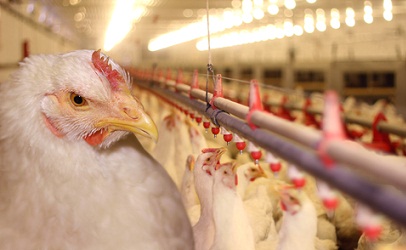CaliforniaAgNews Streams 24/7, Globally
CaliforniaAgNews 24/7 Available on Any Platform
Clovis, Calif., August 14, 2014 Timely, relevant and important California agricultural radio news is now available for the first time ever –online, 24/7. Find it at www.CaliforniaAgNews.com.
Listen to the most comprehensive California agricultural news, updated continuously, on your smartphone, iPad, tablet, or any computer.
CaliforniaAgNews 24/7 includes the latest reports broadcasted on the CaliforniaAgToday Radio network, plus extensive in-depth interviews and reports, all presented to users in a state-of-the art, multi-platform format.
“CaliforniaAgNews 24/7 uniquely covers the state’s $45 billion dollar agricultural industry,” noted Ag News Director Patrick Cavanaugh, a thirty-year-veteran agricultural news reporter, often breaking stories.
“Our broadcast team is constantly in the field reporting news directly from farmers and other industry leaders throughout the state,” said Cavanaugh. “We also report relevant USDA news.”
“This new service will spread the word on what’s really happening in California agriculture during this severe drought crisis, worsened by federally-imposed environmental restrictions,” said Cavanaugh.
“In California, a major disconnect exists between the urban consumer and the farming community. CaliforniaAgNews 24/7 bridges the gap between the field and the fork; connecting the public to the land, resources, science & technology, politics and policies of California’s safe and local food, fiber, and fuel,” noted Cavanaugh.
“Hearing a farmers’ voice talking about how she or he provides a safe and nutritious crop will go a long way towards that city listener’s understanding of the farmer. On CaiforniaAgNews 24/7, listeners will hear, firsthand, about the concerns and challenges of farming in California – the leading and most diverse farming state in the nation,” said Cavanaugh.












